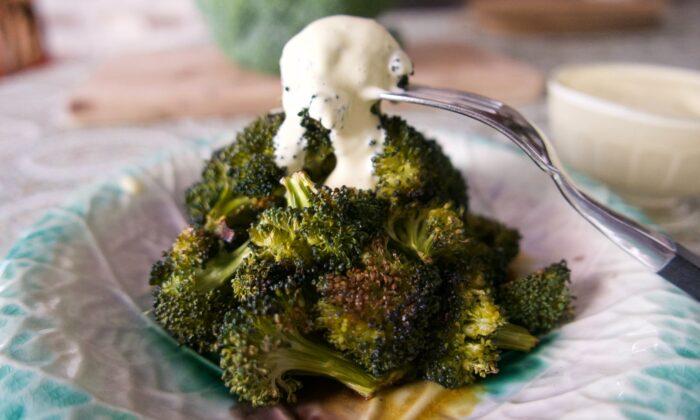Oh, the mighty onion! This humble allium adds essential flavor, character, and substance to so much of our food.
Onions have been part of our diets for thousands of years, appearing in ancient Egyptian drawings, early Roman cookbooks, and medieval medicinal texts. They were both harvested from the wild and cultivated for their many culinary uses—as well as rent payments and wedding gifts! Ancient mariners ate raw onions to ward off scurvy, and old wives’ tales tell us that onions cure the common cold and help grow hair. Who knew?
The most common onions available in the markets are yellow, red, and white. They do differ slightly in flavor and best uses, but they’re mostly interchangeable. Look for onions that are unblemished, firm, and dry to the touch, with no sprouting. Store them in a dry, cool, well-ventilated area away from other produce. One of the best attributes of the onion is its longevity in the pantry; 30 days is about normal. Cut onions can be stored in the fridge, wrapped in plastic, for a few days.
The recipes I am sharing today all use the onion as their principal ingredient, putting the flavor of this often supporting ingredient front and center instead.
French onion soup is a classic winter recipe, a hearty and full-flavored soup that uses the onion as its main ingredient together with beef stock, bread, and Gruyere cheese. One of countless ways to make it (I am not even going to get into Thomas Keller’s 6-hour epicurean marathon), my version relies on some store-bought shortcuts that will make your kitchen life easier—and make this soup part of your regular repertoire.
Caramelized onion jam is a staple in my kitchen. I make it in large batches and store it in jars in the fridge to use in a myriad of ways. It is a wonderful addition to quiches and frittatas, to dress hamburgers, and to top store-bought pizzas. I use it when I am short on time as a starter for soups and stews, and, warmed up a bit, as a filling for baked potatoes for mid-week suppers. All in all, it’s a clever and versatile condiment to have on hand.
Finally, fried onion rings—who doesn’t love them? They’re a bit messy to make, but the results are so sensational that every bit of effort is worth it. Few things are more exciting than tucking into a hot, crisp, freshly fried batch. I make mine with buttermilk in the coating—you can use whole or low-fat with no difference in flavor—and use the extra buttermilk in the container to make a dipping sauce that’s the perfect accompaniment.
In addition to onions, I love making all kinds of other vegetables the same way, so I mix in mushrooms, broccoli, cauliflower, and scallions to arrange into an impressive platter of fried delights.
But the onions, of course, are still the star.





